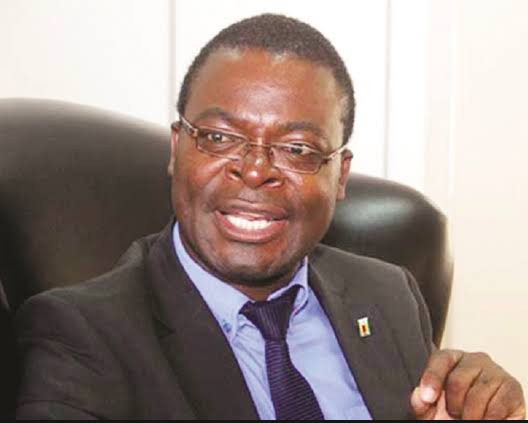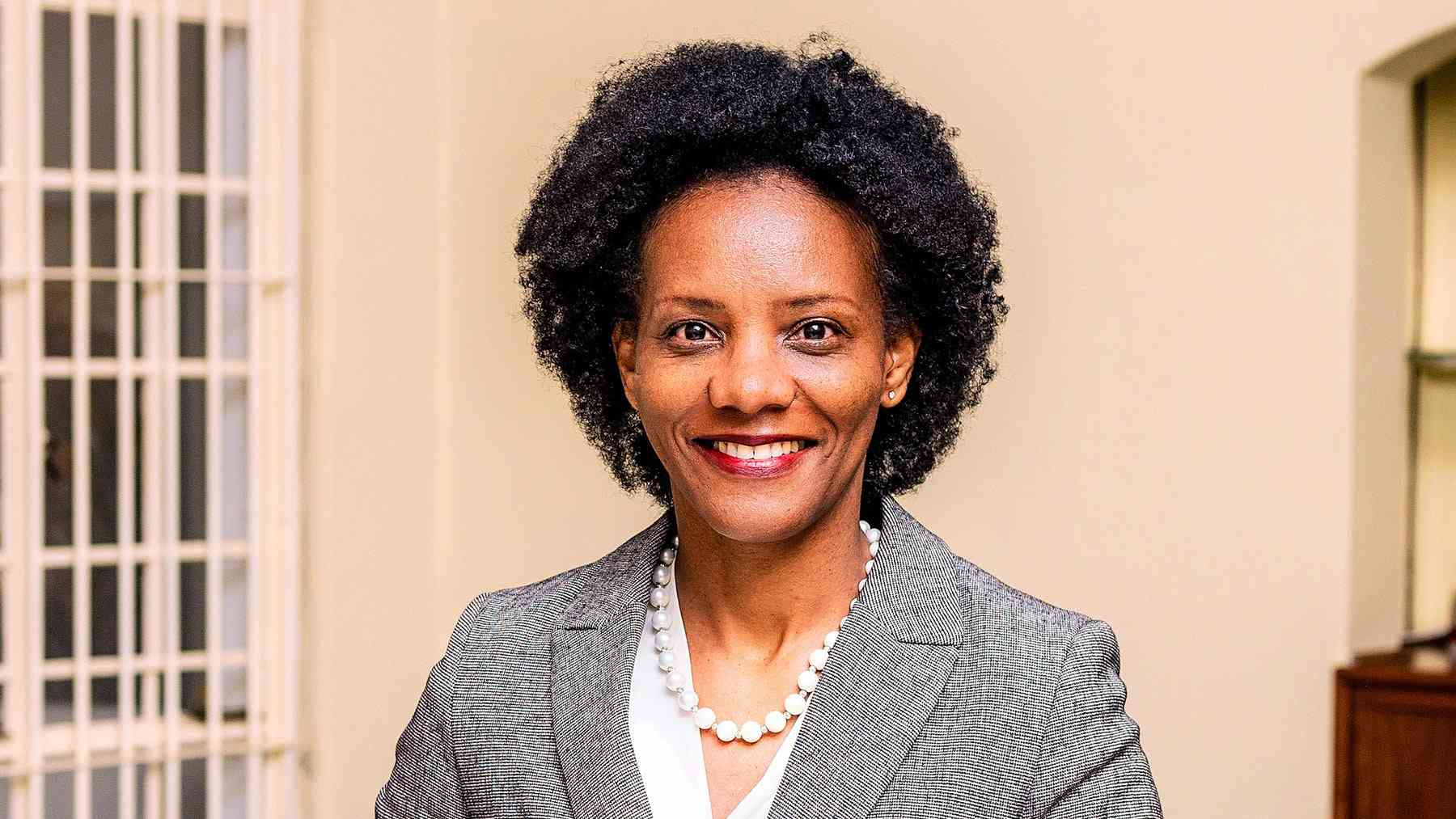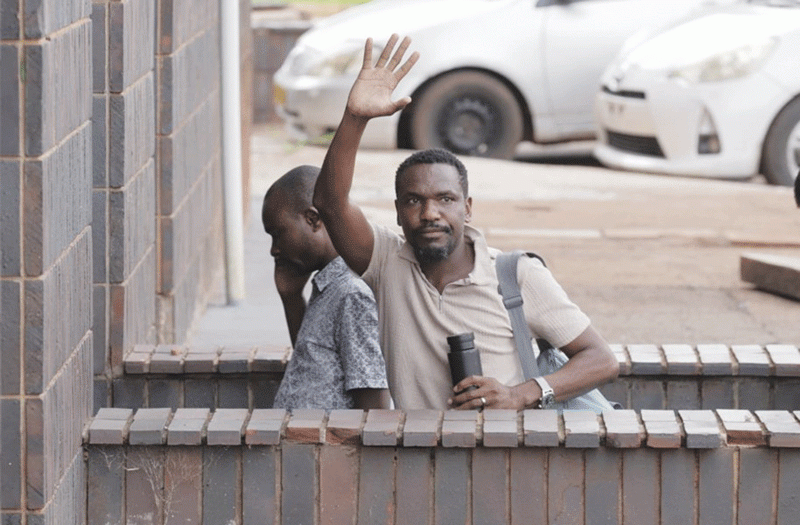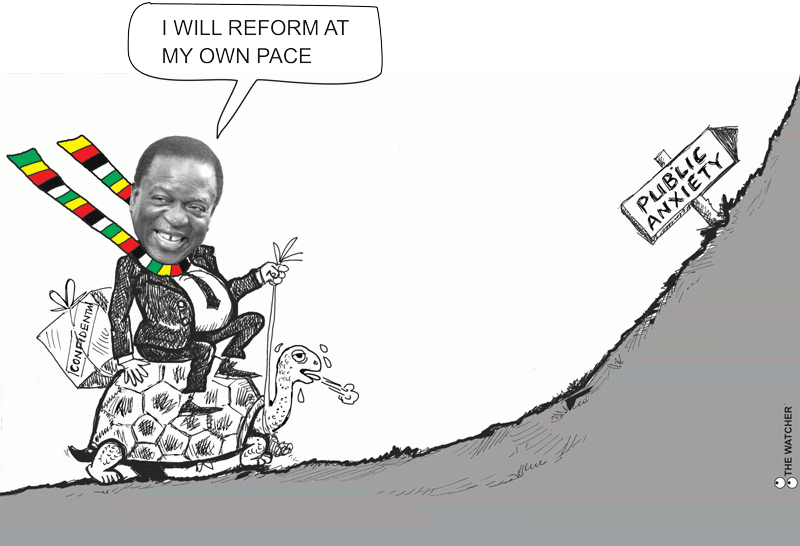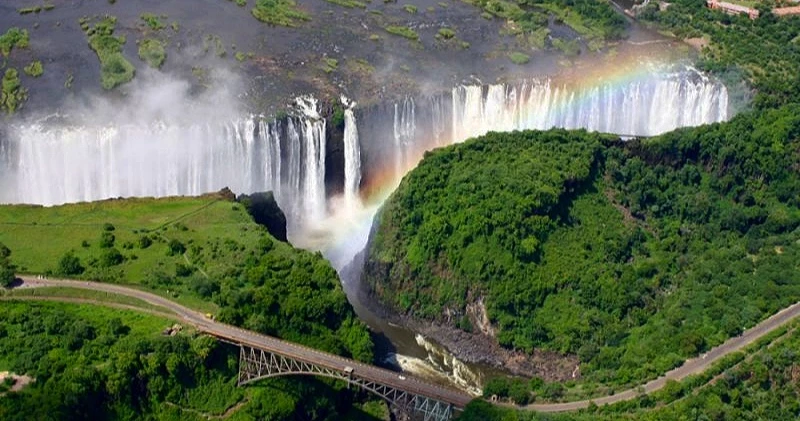
VICTORIA Falls, Zimbabwe’s foremost tourism drawcard, was this week a subject of discussion by Unesco over its ecological and conservation state, a year after the United Nations body warned that the global spectacle could be stripped of its world heritage status, the Zimbabwe Independent can report.
The transboundary property is shared by Zimbabwe and Zambia and attracts over a million visitors annually.
A Unesco fact-finding mission deployed to Zimbabwe in 2022 concluded that Victoria Falls risked losing its iconic heritage status due to “individual and cumulative infrastructure developments” in restricted zones within the precincts of the waterfall.
Boasting of a sheet of water plunging down a 108-metre gorge, the Victoria Falls was accorded world heritage status by Unesco in 1989.
At the 45th Unesco World Heritage (WH) Committee conference being held in Riyadh, Saudi Arabia, Victoria Falls was on the agenda over its “conservation” status.
Unesco’s discussion primarily centred on how the envisaged 2 400-megawatt Batoka Gorge hydroelectricity project will impact on the ecological status of the Victoria Falls.
Unesco’s WH Committee said there was a need to revise the project’s plan.
“The project (Batoka) will, therefore, alter the unique gorge ecosystem and water flow and could potentially impact on the ecological values of the property,” Unesco noted.
- Tarakinyu, Mhandu triumph at Victoria Falls marathon
- Andrea The Vocalist, dreams big
- All set for the 2022 Econet Victoria Falls Marathon
- Econet Victoria Falls Marathon return a boon for tourism
Keep Reading
Zimbabwe Parks and Wildlife Management Authority (Zimparks) spokesperson Tinashe Farawo said it was imperative to conduct a robust “environmental and social impact assessment”, before rolling out the project.
“Going forward a comprehensive environmental and social impact assessment, and environmental management plan have to be conducted before the project commences,” Farawo said.
The Unesco conference, which started on September 10 will conclude on the 25th, with the UN body expected to assess other sites across the globe designated with the same prestigious status.
“On the basis of the reports already published in documents … as well as the written requests sent by committee members to the chairperson of the World Heritage Committee, through the World Heritage Centre … this document presents the list of state of conservation reports proposed for discussion by the World Heritage Committee at its extended 45th session,” the conference’s programme reads.
“On the basis of the reports already published in documents and the written requests received to date from committee members, the following state of conservation reports are proposed for discussion: Mosi-oa-Tunya/Victoria Falls (Zambia, Zimbabwe) (discussion requested by South Africa).”
A dispute over the breathtaking falls spilled into the courts last year with environmentalists and Victoria Falls residents pushing to stop two firms from building commercial enterprises on restricted zones.
According to a High Court application filed on May 13 last year, Larry Benjamin Norton, a wildlife artist resident in Victoria Falls, alongside other residents, sought to block Adage Success (Pvt) Ltd and Scanner Investments from developing commercial enterprises at the cataract and rainforest sites within the falls.
Zimbabwe’s High Court is yet to pass a judgment on the matter in which Zimparks, Environmental Management Authority and the Procurement Regulatory Authority of Zimbabwe are cited as respondents.
Other sites conferred the world heritage status that will be discussed by Unesco during its Saudi Arabia conference also include the Tropical Rainforest of Sumatra (Indonesia), Okavango Delta (Botswana) and Simangaliso Wetland Park (South Africa).
Following up on its February report, Unesco’s fact-finding mission released another statement on June 14 this year, emphasising that uncontrolled infrastructure developments within the Victoria Falls posed an imminent danger to its aesthetic beauty and “outstanding universal value (OUV)”.
“At the same time, the mission also observed that the property is facing increasing threats from individual and cumulative infrastructure developments, whose footprints are inside the property, its buffer zone or in its wider setting,” Unesco’s report titled Convention Concerning the Protection of the World Cultural and Natural Heritage (of Victoria Falls) reads.
“If the proposed and future developments proceed without the appropriate level of consideration for the environment in which the property is located and for which it is inscribed, as well the cumulative impacts from the different individual developments, the OUV could be considered to be in danger in the near future.”
The same Unesco report gives a range of recommendations, which Zambia and Zimbabwe can adopt to maintain Victoria Falls’ status, including the need to regulate infrastructure development within the falls’ sensitive areas.
It reads: “The mission reviewed the state of conservation of the property in line with the terms of reference (ToR) and makes the following recommendations to the World Heritage Committee and the State Parties of Zambia and Zimbabwe.
“Ensure that tourism infrastructure development within the property and its buffer zone is consistent with the aim to enhance the protection of the OUV of the property, and in line with the Joint Integrated Management Plan (JIMP) and past WH Committee decisions.
“Proposals that are clearly incompatible with the conservation of the property’s OUV must not be permitted in line with Committee Decision 7B.34, such as a Ferris wheel within the property or its buffer zone.”
Other recommendations include crafting a robust “blueprint for infrastructure development in and around the property”, which framework will guide the nature of infrastructure projects that can be undertaken in the resort area.
“Develop a blueprint for infrastructure development in and around the property, either through revision of the existing Sustainable Tourism Strategy or revisiting the Joint Development Masterplan, which prescribes where, what and how constructions can take place in, and looks equally across the environmental, social and economic pillars,” Unesco recommended in its report.
“In clearly defined areas where construction is deemed possible, strict guidance shall be given that specifies the nature of appropriate developments and carrying capacities that could be considered.”

